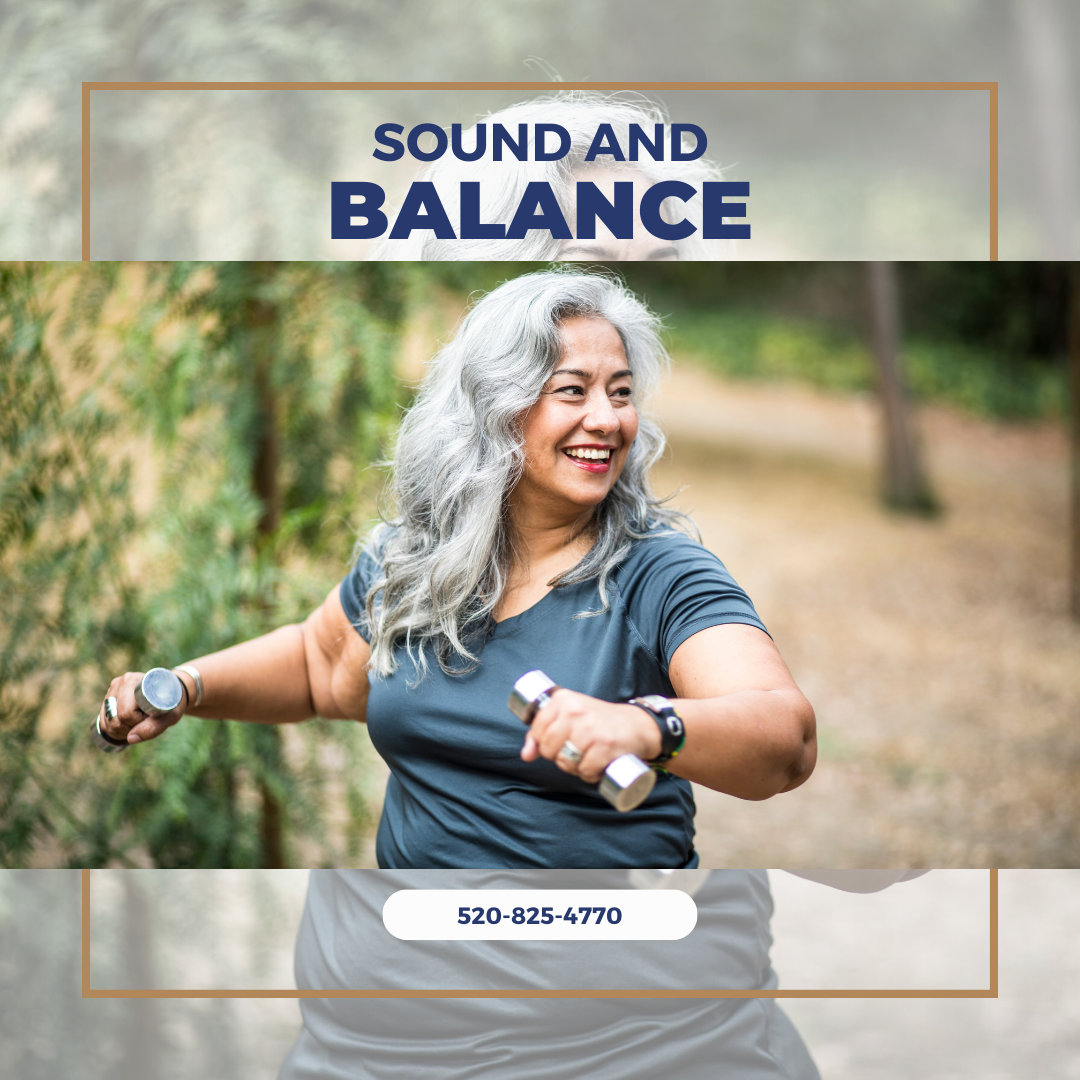Did you know that those with hearing loss are at least 3 times more likely to fall compared to those with normal hearing?
There are many individuals affected by falls on a yearly basis. Older adults are especially at risk for falling. Here are some surprising statistics:
- One study found that a third of community-dwelling people over the age of 65 fall on a yearly basis (Sherrington et al., 2020).
- Sometimes falls can be mild, but one out of five causes a serious injury such as a broken bone or head trauma (Sterling et al., 2001).
- Unfortunately, the leading cause of traumatic brain injury in adults over the age of 65 is caused by falling (Jager et al., 2000).
- Most hip fractures, up to 95%, are a result of falling (Hayes et al., 1993).
Given the high number of falls each year, Oro Valley Audiology is committed to identifying individuals at risk for falling.
Identification & Treatment
Some may not be aware that audiologists also specialize in vestibular disorders. Since the inner ear contains the vestibular system, also known as the balance mechanism, audiologists are involved in the identification and treatment of vestibular dysfunction. Audiologists will be able to help identify if a person should be referred for a vestibular evaluation. Often, a physical therapist or occupational therapist may help provide therapy for those who have fallen or are at risk for falling. The risk of falling is greater if the hearing loss is more severe. Those with a mild hearing loss are 3 times more likely to fall compared to those with normal hearing. The risk of falling increases with each 10 decibels of hearing loss (Lin et al., 2012). It is unclear why exactly the risk of falling goes up with hearing loss. Hearing loss is known to increase the risk for social isolation, reduced environmental clues, cognitive decline, and depression. Falling may be correlated to these other factors. For those at risk for falling, it is important to try and prevent falls as much as possible. Simple exercises such as calf muscle strengthening and ankle flexibility can help prevent falls because increasing lower limb muscle strength reduces falls (Ishigaki et al., 2014).
Tips and Tricks!
It is also important to learn how to fall properly. A few important points are falling on your side, protecting your head, keeping your arms and legs bent, and staying loose. It is also helpful to create a safe environment in your home. If tripping hazards such as cords or rugs exist, try to remove them or tape them down. Also, consider installing handrails and using non-slip mats in the bathroom. Many older adults have reduced function of their vestibular system. This creates challenges, especially in a dark environment when it is hard to see. This often leads to falls in the middle of the night when individuals use the bathroom in the middle of the night without turning on the lights. Consider using multiple night lights to help give visual input if someone wakes up in the middle of the night. Of course, fall alert buttons are very helpful to assist the individual if a fall occurs. A baseline hearing test is important for many reasons, and knowing if you have an increased risk of falling is one of them. To schedule a baseline hearing test with us or to see if further evaluation of your vestibular system is recommended call 520-825-4770.
Hayes WC, Myers ER, Morris JN, Gerhart TN, Yett HS, Lipsitz LA. Impact near the hip dominates fracture risk in elderly nursing home residents who fall. Calcif Tissue Int 1993;52:192-198.
Ishigaki EY, Ramos LG, Carvalho ES, Lunardi AC. Effectiveness of muscle strengthening and description of protocols for preventing falls in the elderly: a systematic review. Braz J Phys Ther. 2014 Mar-Apr;18(2):111-8.
Lin FR, Ferrucci L. Hearing loss and falls among older adults in the United States. Arch InternMed. 2012 Feb 27;172(4):369-71.
Sherrington C, Fairhall N, Kwok W, Wallbank G, Tiedemann A, Michaleff ZA, Ng CACM, Bauman A. Evidence on physical activity and falls prevention for people aged 65+ years: systematic review to inform the WHO guidelines on physical activity and sedentary behavior. Int J Behav Nutr Phys Act. 2020 Nov 26;17(1):144.
Sterling DA, O’Connor JA, Bonadies J. Geriatric falls: injury severity is high and disproportionate to mechanism. Journal of Trauma–Injury, Infection and Critical Care 2001;50(1):116–9


